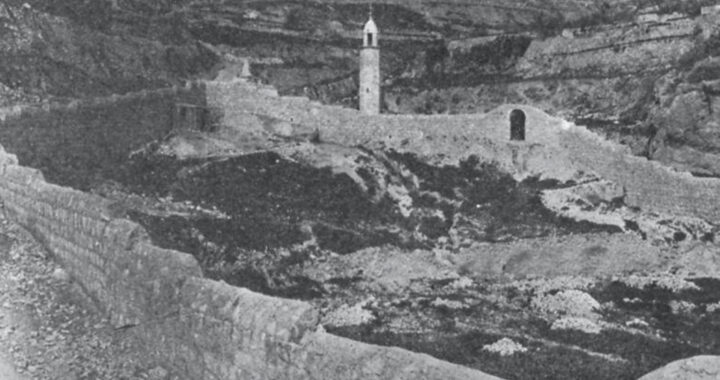Archaeologists and scientific researchers have announced a breakthrough in the dating of one of the most significant ancient structures in Jerusalem—the Siloam Dam. Using high precision radiocarbon analysis of microscopic organic remains trapped in mortar, the team has established its construction to approximately 800 BCE.
Overview and Key Findings
The Siloam Dam, also known as the Pool of Siloam, formed an integral component of an advanced hydraulic system in ancient Jerusalem. This remarkable engineering work diverted the natural flow of the Gihon Spring while collecting rainfall runoff, producing a reservoir that safeguarded the water supply and strengthened urban resilience during varying seasonal conditions.
Scientists from the Weizmann Institute of Science, in collaboration with the Israel Antiquities Authority, carefully retrieved small fragments of straw twigs embedded within the mortar of the structure. These short-lived organic materials produced highly reliable radiocarbon measurements, directly connecting the samples to the precise period of construction activity.
The analysis dated the monumental construction to a very narrow window between 805 and 795 before the common era. The researchers explained that this chronological precision is extremely unusual in Near Eastern archaeology, where major building projects are typically assigned broad ranges spanning several centuries rather than a specific decade.
Researchers compared these results with multiple independent climate archives. Data from Dead Sea cores, stalagmites of Soreq Cave, and cosmogenic isotope records together indicated a late ninth century before the common era climate regime of prolonged drought interspersed with violent storm events and destructive flash flooding episodes.
The implications extend beyond local archaeology. The study highlights the connection between climate pressures and political responses in ancient societies. The Jerusalem example provides evidence that environmental stress could drive investment in public infrastructure, shaping the trajectory of urban development and state formation in the ancient Near East.
Discussion and Implications
The evidence suggests that Jerusalem authorities initiated an integrated water management project as a direct response to these environmental conditions. By building the Siloam Dam, engineers simultaneously secured water during extended dry seasons and provided infrastructure to control dangerous surges caused by episodic storms in the region.
Researchers noted that this ambitious project showed the existence of advanced planning, strong administration, and resource mobilization in Jerusalem during the early Iron Age. The capacity to design and complete such a complex hydraulic system indicates a level of political authority and urban sophistication that was previously considered to emerge later.
The period between 805 and 795 before the common era historically coincides with the reigns of ancient monarch King Jehoash of Judah and his successor King Amaziah. Scholars believe the infrastructure may have been commissioned under their authority. This reflects an important and deliberate response to environmental and social challenges at that time.
Note that the monumental structure was substantial in size. It features the now-preserved walls standing over 12 meters high and more than 8 meters wide in excavated sections. Excavation directors have specifically described it as one of the largest and earliest known dams in the region. This underlines its technological and administrative significance.
Moreover, while the study and its findings are based on a small number of samples, the contextual security of the remains and the precision of accelerator mass spectrometry strengthen the reliability of the dating technique and results. Nevertheless, further sampling and continued excavation will be necessary to reinforce these important findings in future research.
FURTHER READING AND REFERENCE
- Regev, J., Szanton, N., Vukosavović, F., Berko, I., Shalev, Y., Uziel, J., Mintz, E., Regev, L., and Boaretto, E. 2025. “Radiocarbon Dating of Jerusalem’s Siloam Dam Links Climate Data and Major Waterworks.” Proceedings of the National Academy of Sciences. 122(35). DOI: 1073/pnas.2510396122
